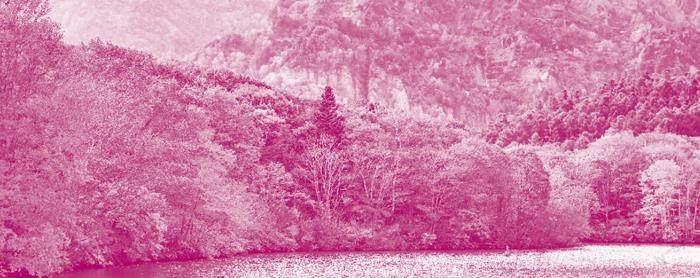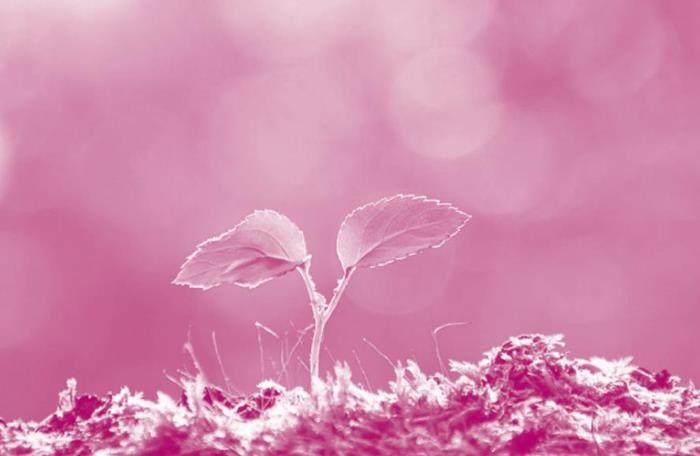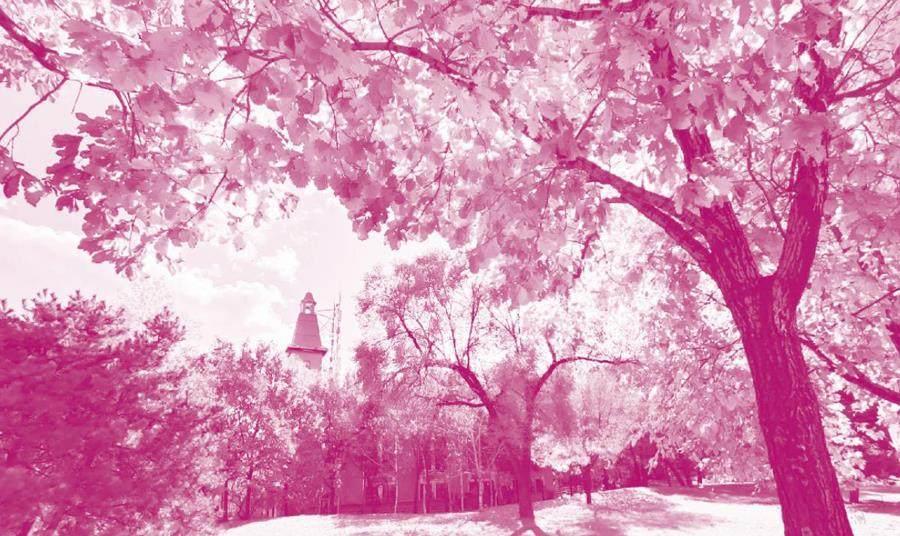Climate Change Is Making Autumn Leaves Change Color Earlier 气候变暖导致秋天树叶提前变色



As the days shorten and temperatures drop in the northern hemisphere, leaves begin to change color. We can enjoy glorious autumnal colors while the leaves are still on the trees and, later, kicking through a red, brown and gold carpet when out walking.
When temperatures rise again in spring, the growing season for trees resumes. Throughout the warmer months, trees take carbon dioxide from the atmosphere and store it in complex molecules, releasing oxygen as a byproduct. This, in a word, is the process of photosynthesis. The more photosynthesis, the more carbon is locked away.
We know that carbon dioxide is a major driver of climate change, so the more that can be taken out of the atmosphere by plants, the better. With the warmer climate leading to a longer growing season, some researchers have suggested that more carbon dioxide would be absorbed by trees and other plants than in previous times. But a study has turned this theory on its head and could have profound effects on how we adapt to climate change.
The researchers, led by Deborah Zani at the Swiss Federal Institute of Technology, studied the degree to which the timing of color changes in autumn tree leaves was determined by the growth of the plant in the preceding spring and summer.
随着北半球白昼缩短、气温下降,树叶开始变色。当叶子还在树上时,我们能观赏到秋日的绚丽色彩。树叶掉落后,我们在外出散步时,还能踩着红色、棕色和金色的“地毯”。
当春天来临,气温回升,树木重新焕发生机。在温暖的月份,树木从大气中吸收二氧化碳并将其储存在复杂分子中,氧气作为副产物随之被释放出来。简而言之,这个过程就是光合作用。光合作用越多,被锁住的碳就越多。
我们知道二氧化碳是造成气候变化的主要因素,所以植物从大气中吸收的二氧化碳越多越好。随着气候变暖导致植物生长季延长,一些研究人员认为,树木和其他植物吸收的二氧化碳将比以前多。但是一项研究颠覆了这一理论,并可能对人类如何适应气候变化产生深远影响。
由瑞士联邦理工学院的黛博拉·扎尼领导的团队研究了秋天树叶变色的时间受之前春夏植物生长情况影响的程度。
Temperature and day length were traditionally accepted as the main determinants of when leaves changed color and fell, leading some scientists to assume that warming temperatures would delay this process until later in the season. Studying deciduous European tree species, including horse chestnut, silver birch and English oak, the authors of the study recorded how much carbon each tree absorbed per season and how that ultimately affected when the leaves fell.
This research shows that deciduous trees can only absorb a set amount of carbon each year and once that limit is reached, no more can be absorbed. At that point, leaves begin to change color. This limit is set by the availability of nutrients, particularly nitrogen, and the physical structure of the plant itself. Nitrogen is a key nutrient which plants need in order to grow, and its often the amount of available nitrogen that limits total growth. This is why farmers and gardeners use nitrogen fertilizers to overcome this limitation.
Together, these constraints mean that carbon uptake during the growing season is a self-regulating mechanism in trees and herbaceous plants. Only so much carbon can be taken up.
傳统上,气温和白昼长度是决定叶子何时变色和掉落的主要因素,这导致一些科学家认为气候变暖会推迟这一过程。该研究的作者们考察了七叶树、银桦树和英国橡树等欧洲落叶树种,记录了每棵树每季吸收的碳量及其最终对落叶时间的影响。
研究表明,落叶树每年只能吸收一定量的碳,一旦达到极限,便无法吸收更多的碳。从那时起,树叶就开始变色。这一极限是由树木可获得的养分(尤其是氮)以及树木本身的物理结构决定的。氮是植物生长所需的关键营养素,而氮的获得量往往会限制植物的总生长量。这就是农民和园丁使用氮肥来克服这一限制的原因。
总之,这些限制意味着在生长季吸收碳是树木和草本植物的一种自我调节机制。植物所能吸收的碳是有极限的。
Word Bank
resume /r?'zu?m/ v. 重新开始
The noise resumed, louder than before.
profound /pr?'fa?nd/ adj. 巨大的;深远的
delay /d?'le?/ v. 延迟;延期
species /'spi??i?z/ n. 种;物种
There are many species of dog(s).

